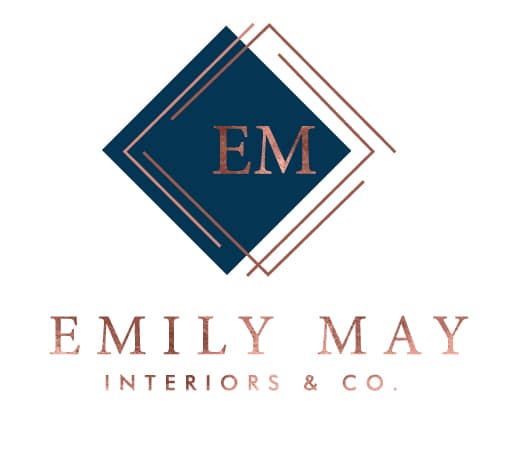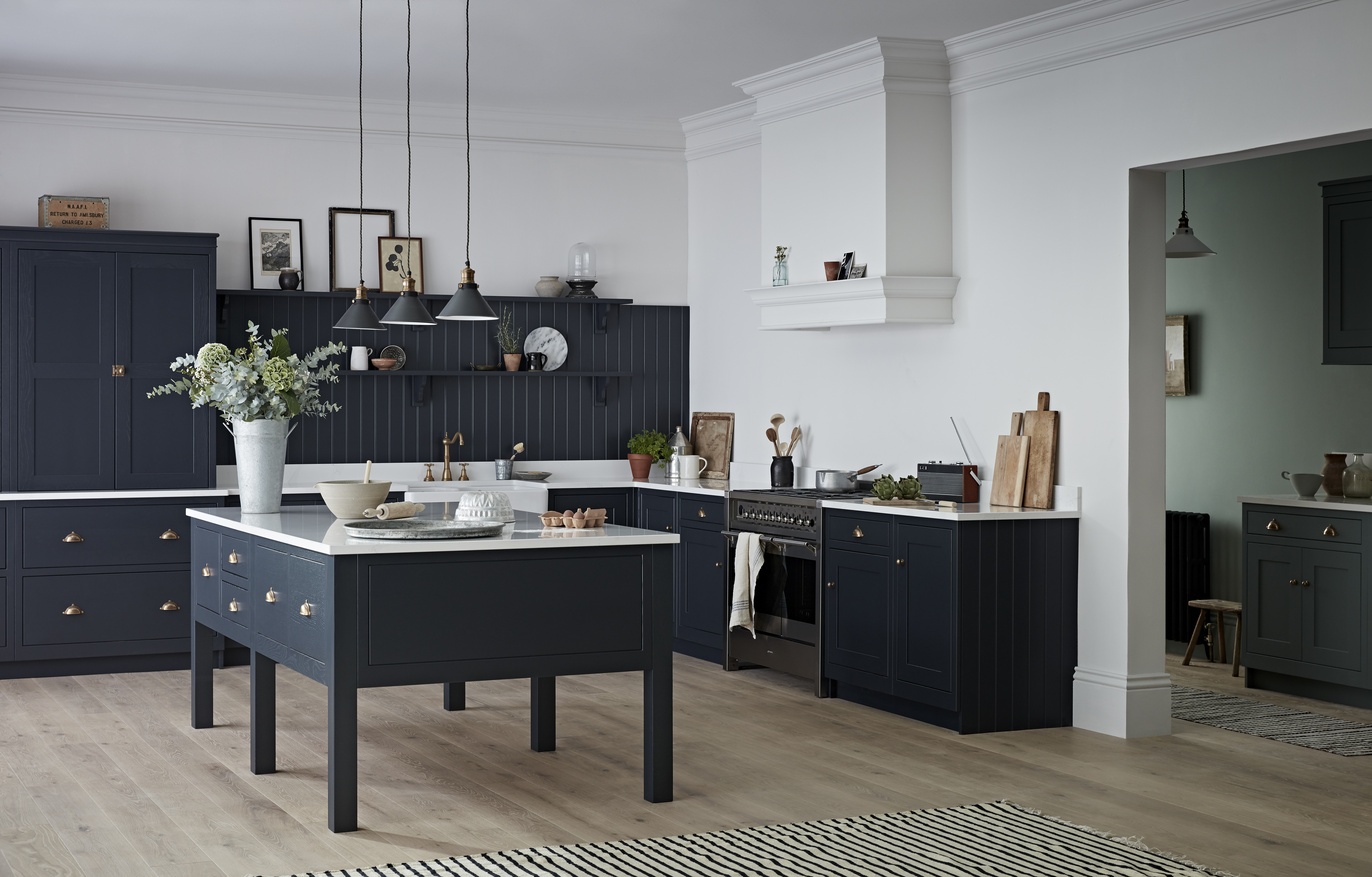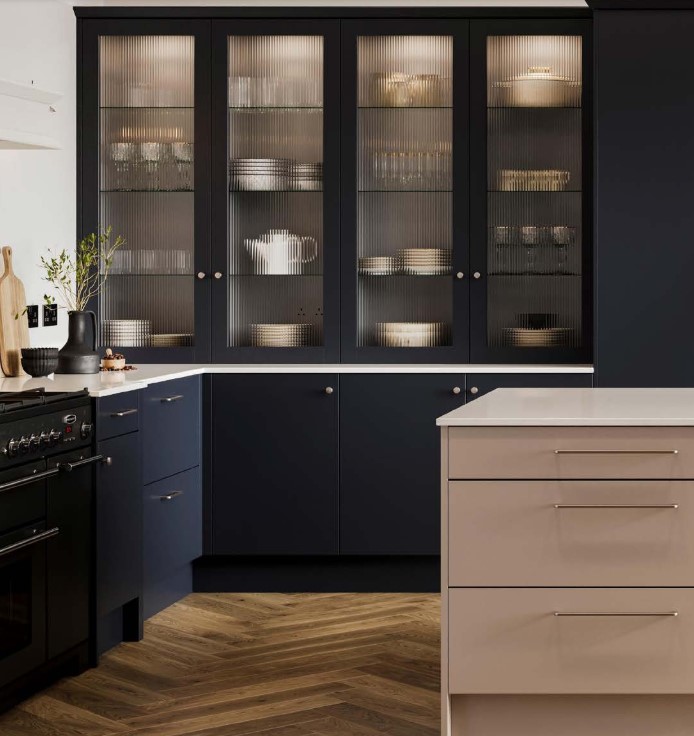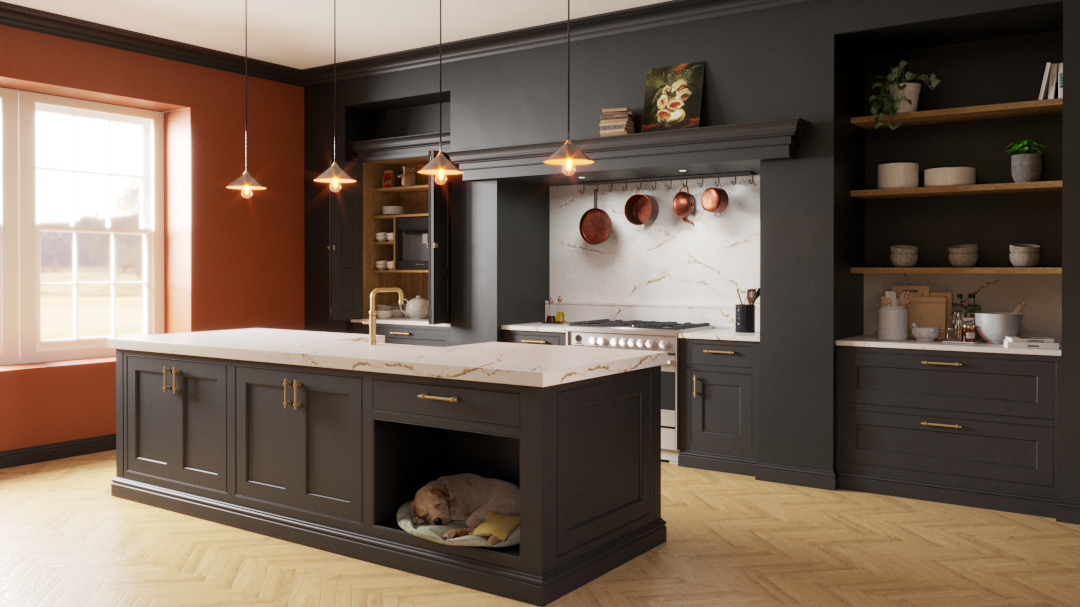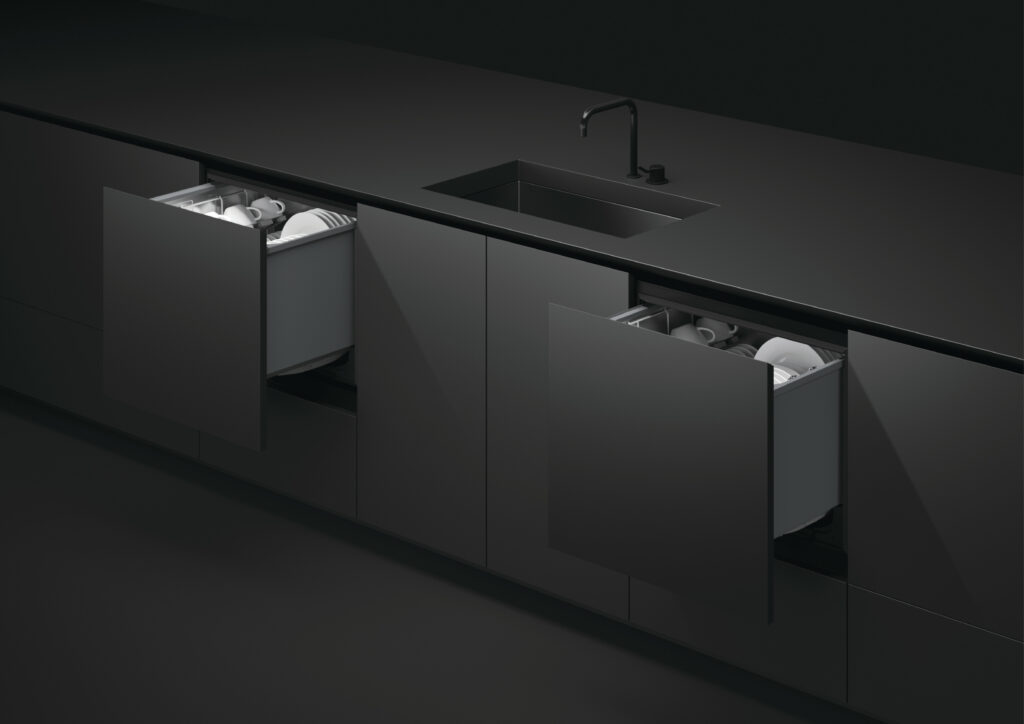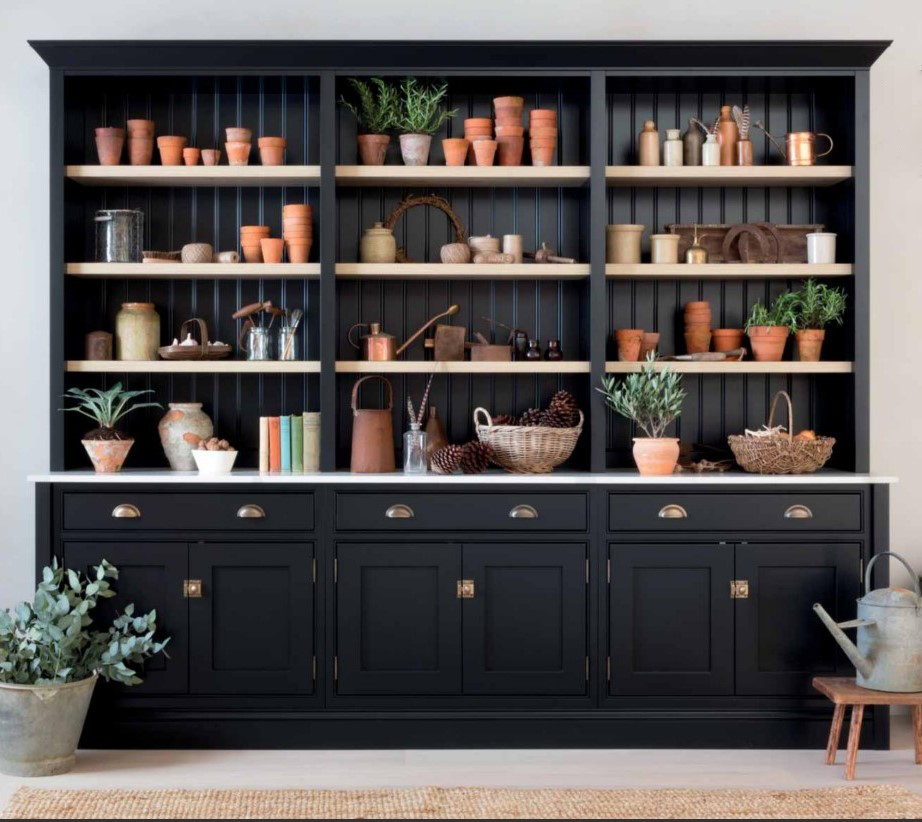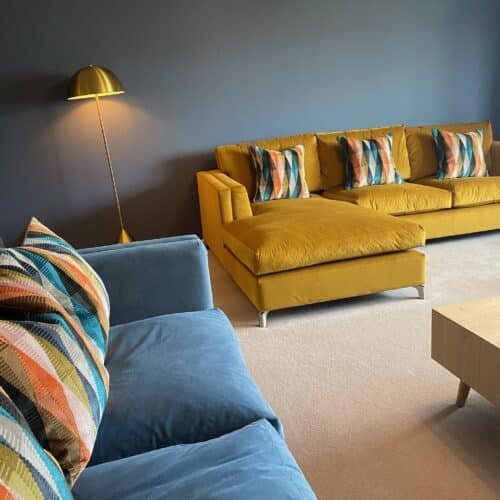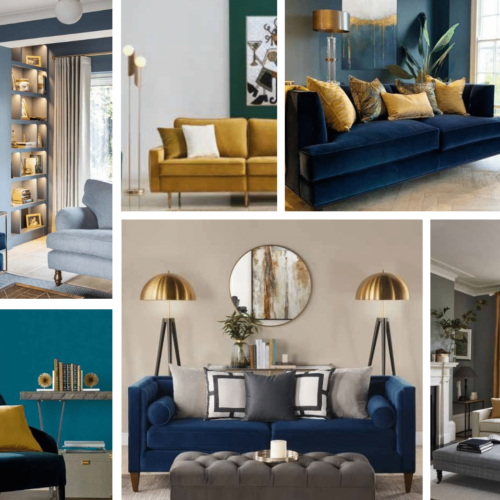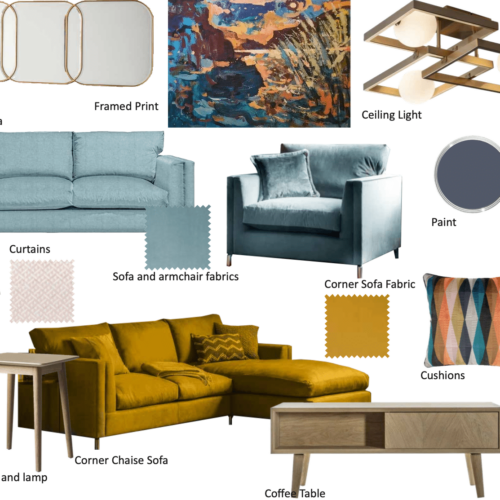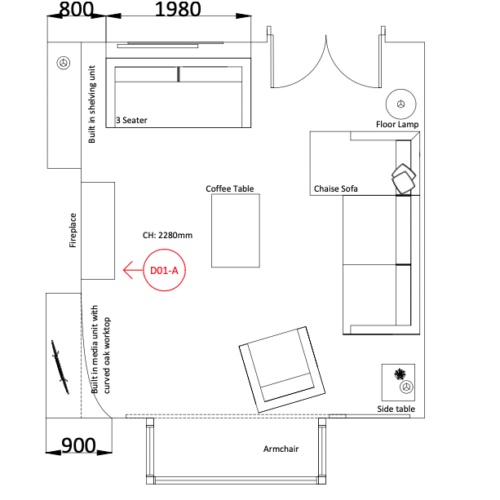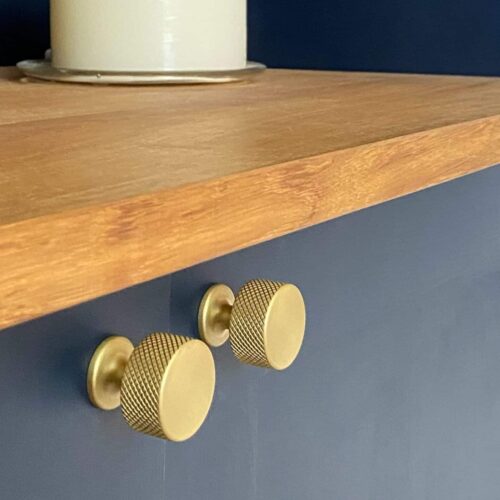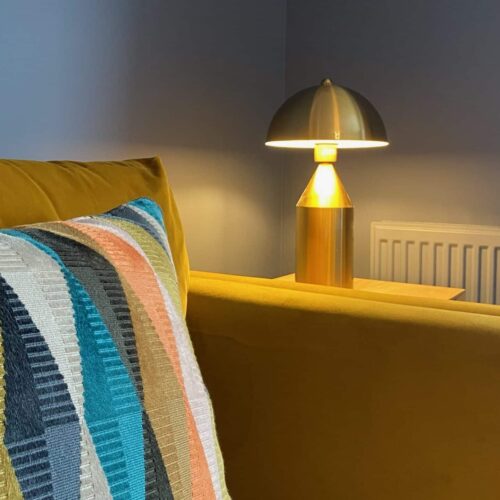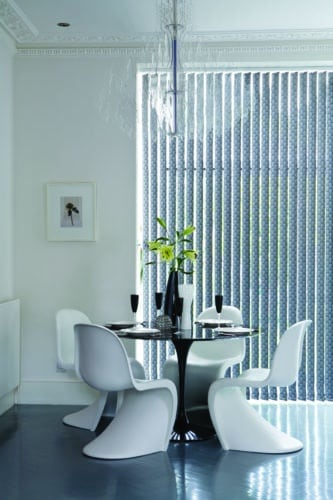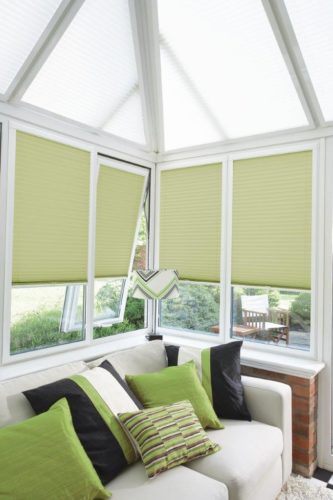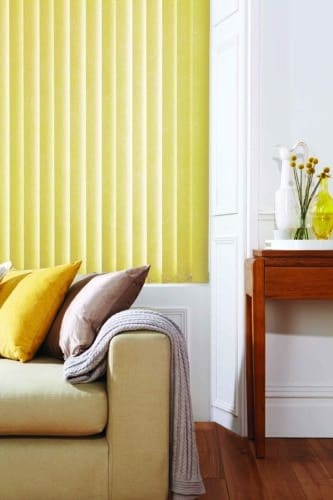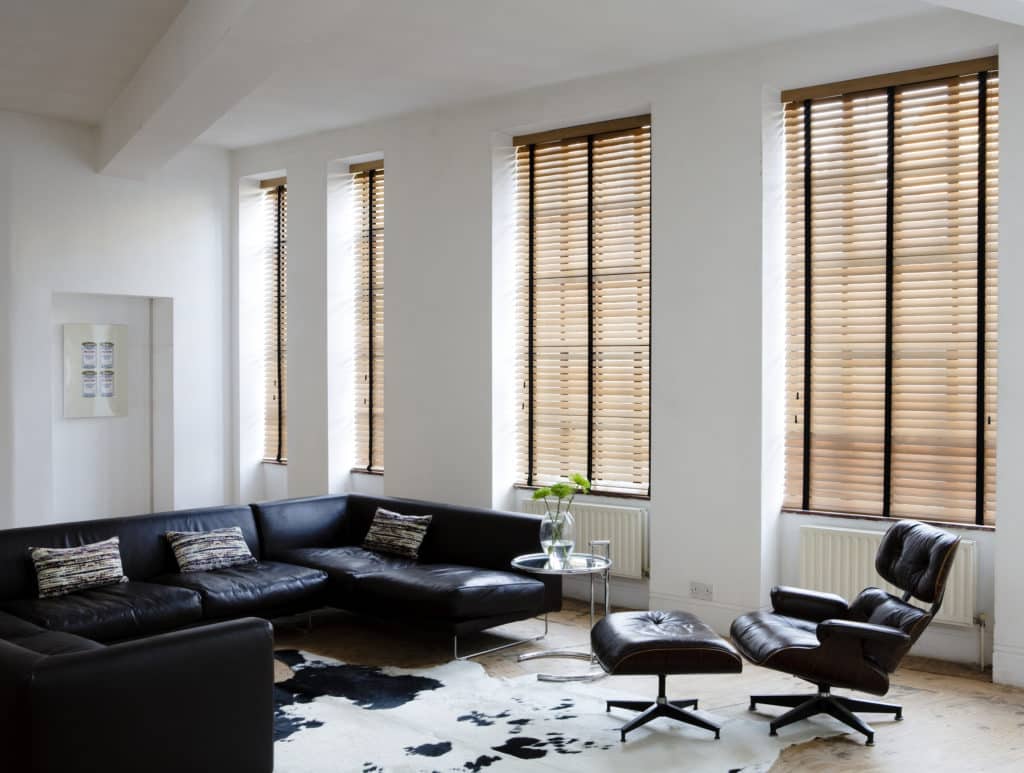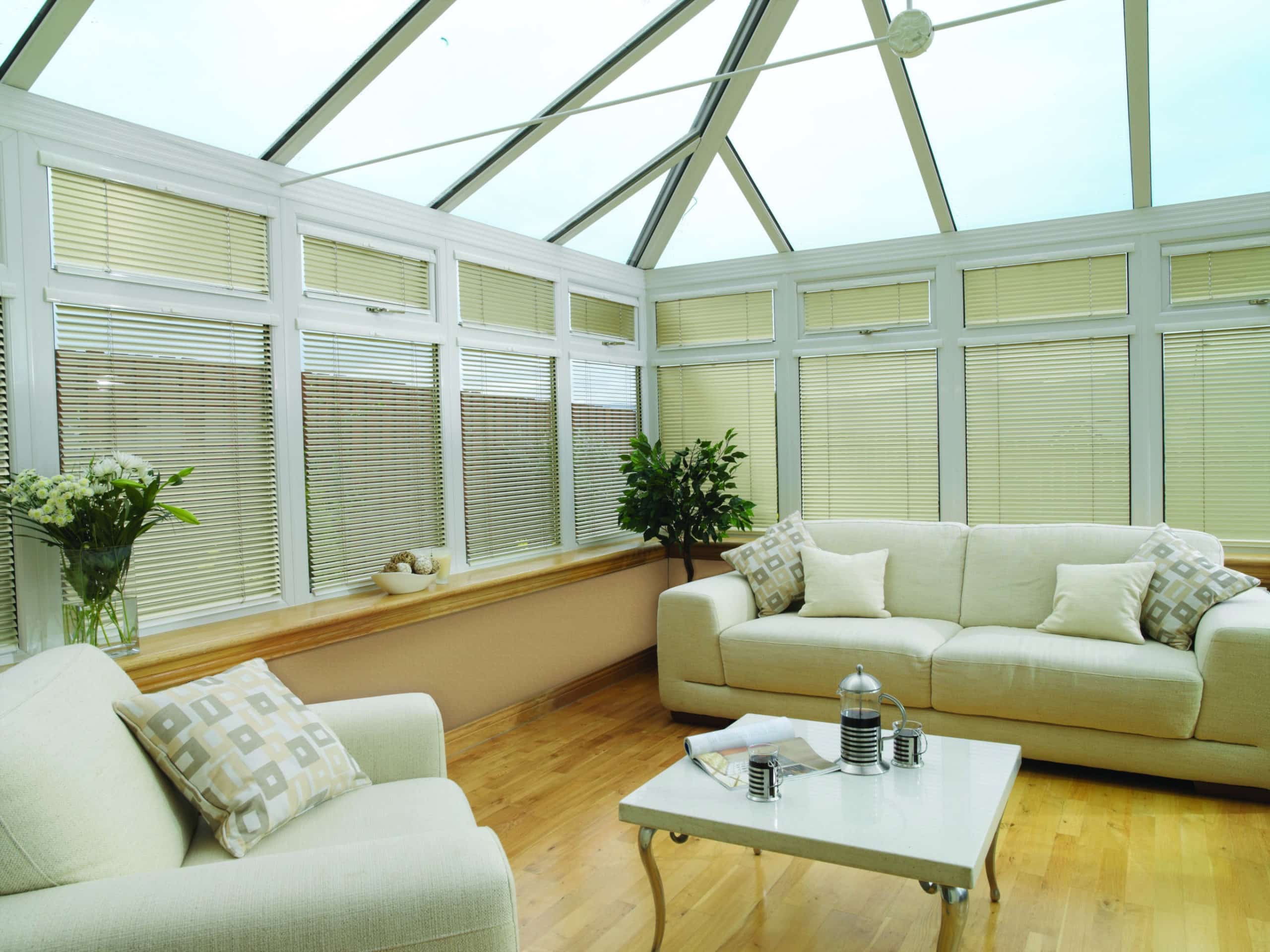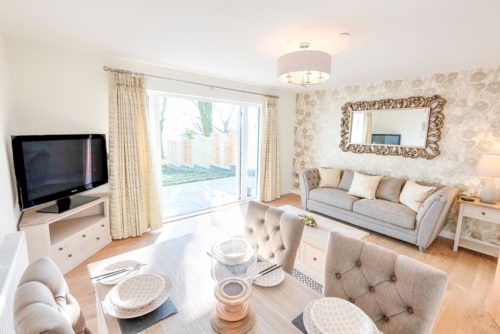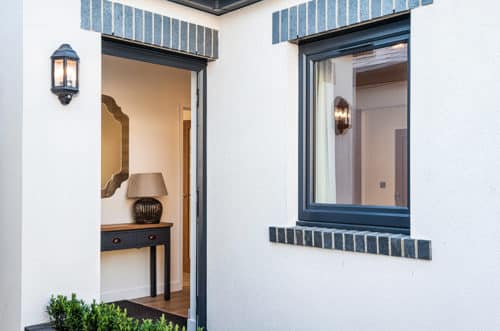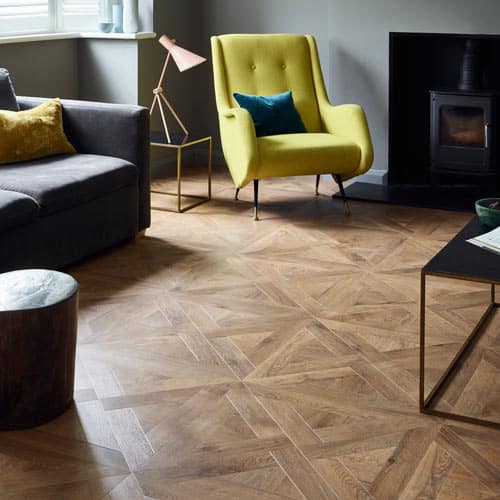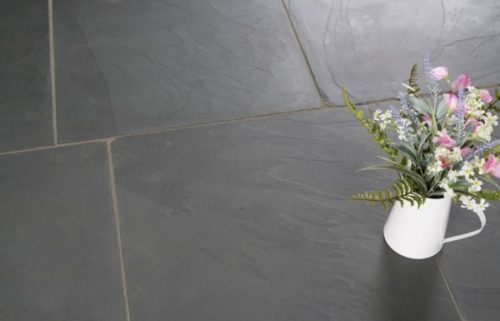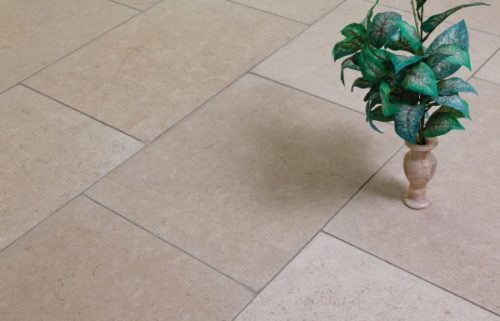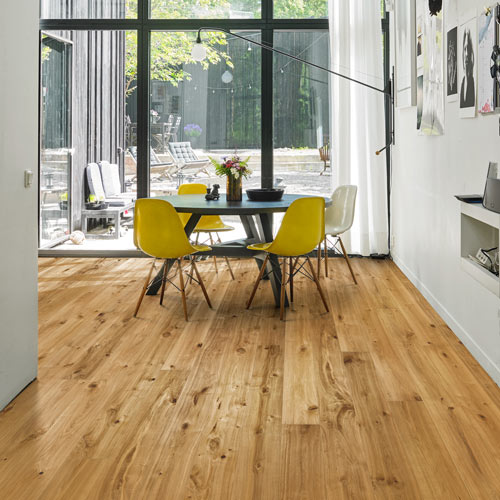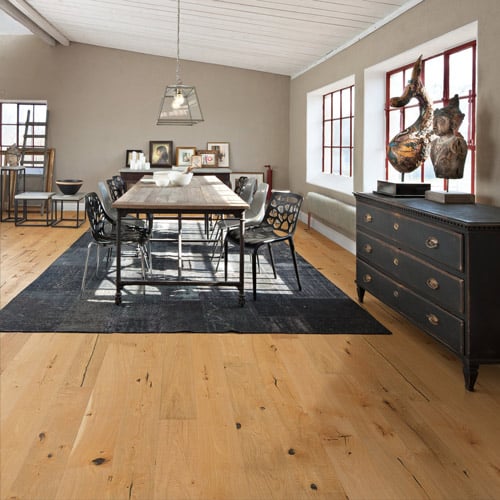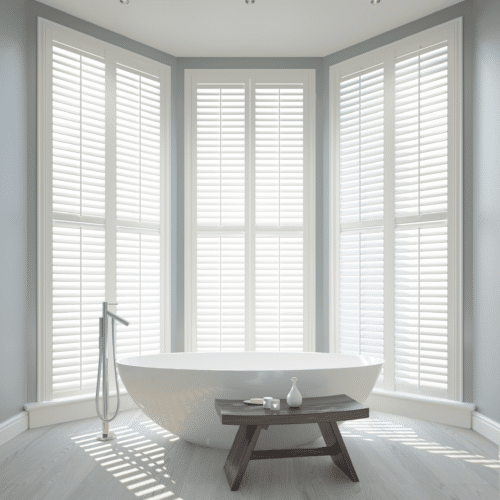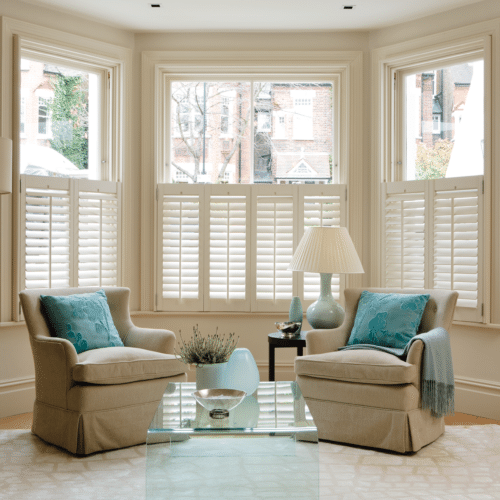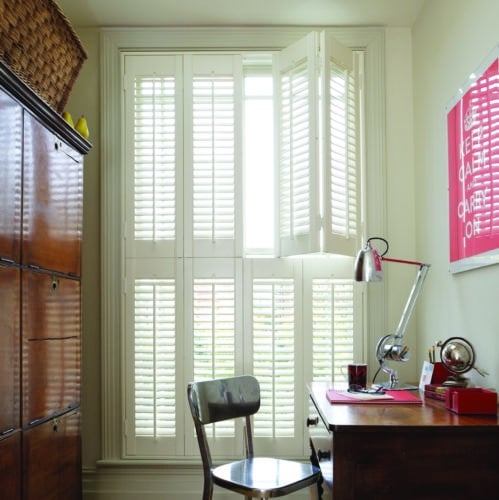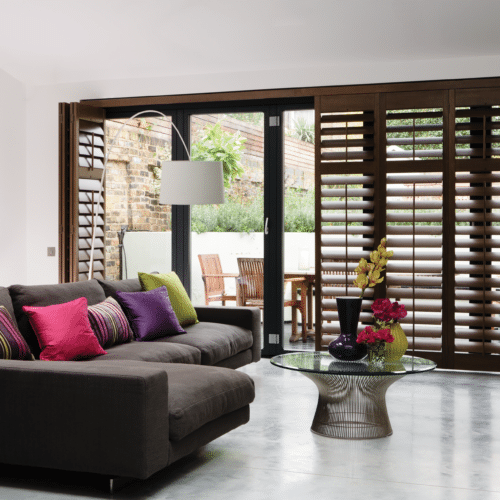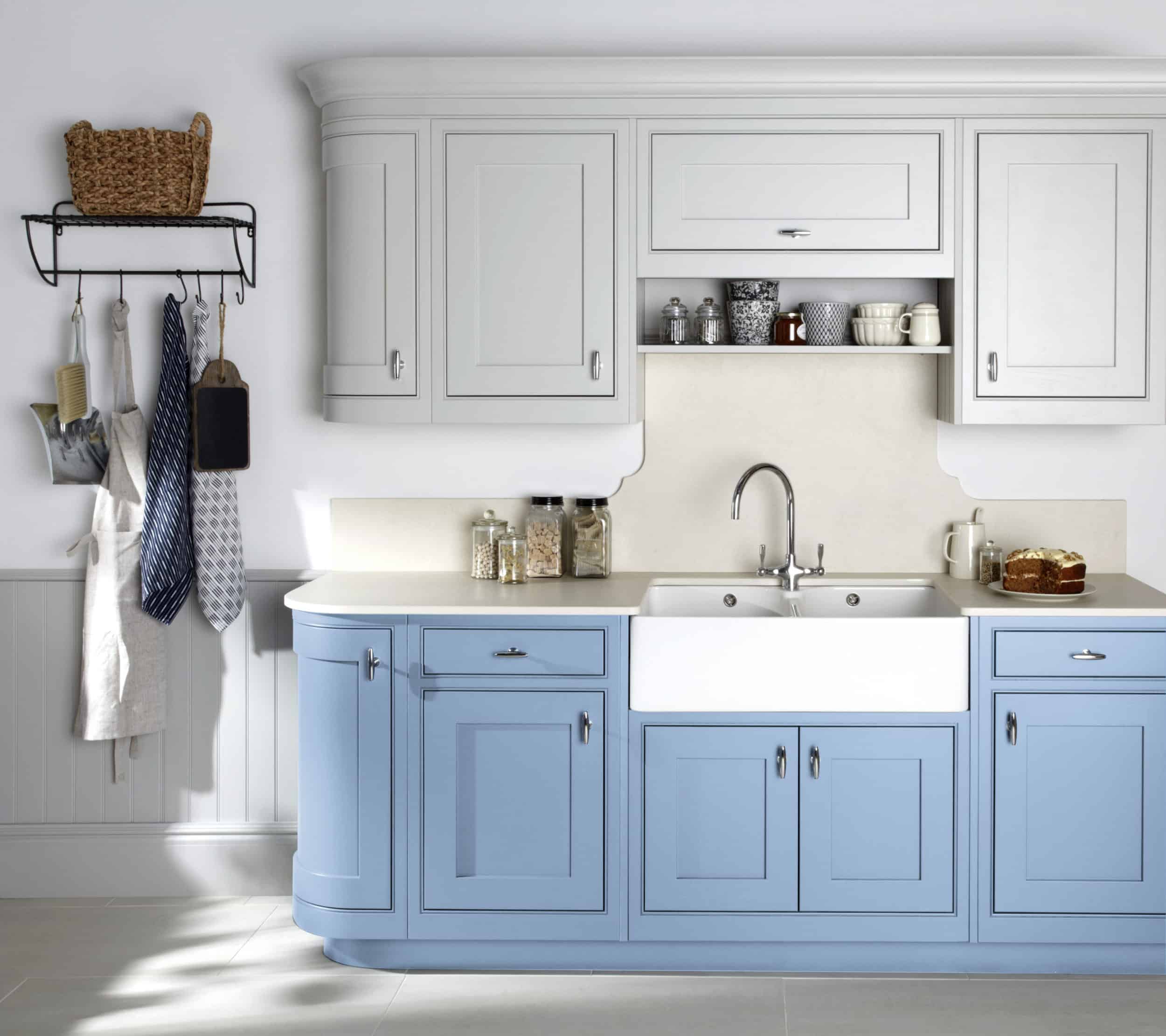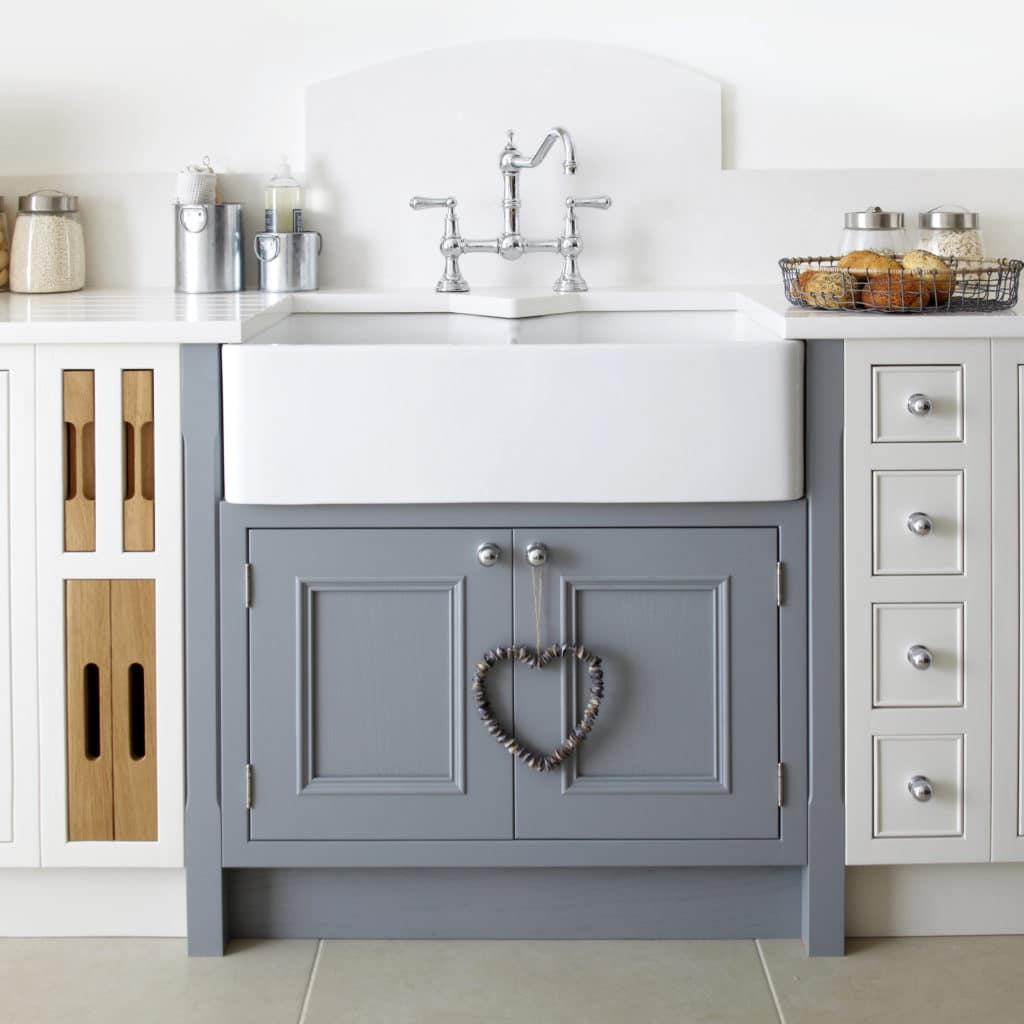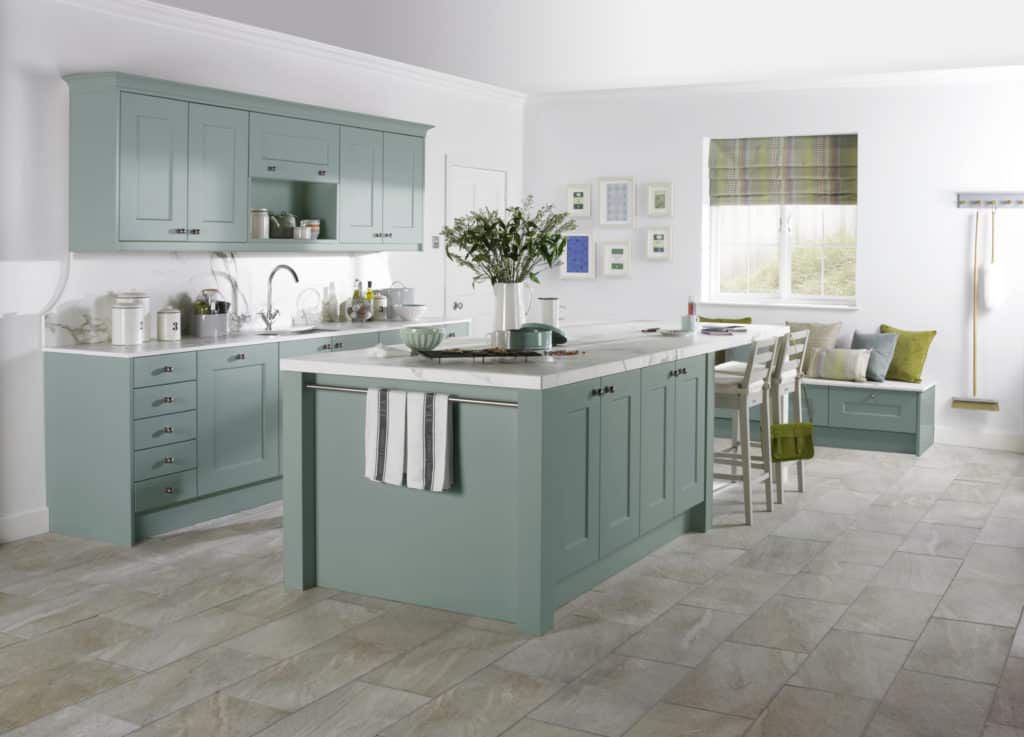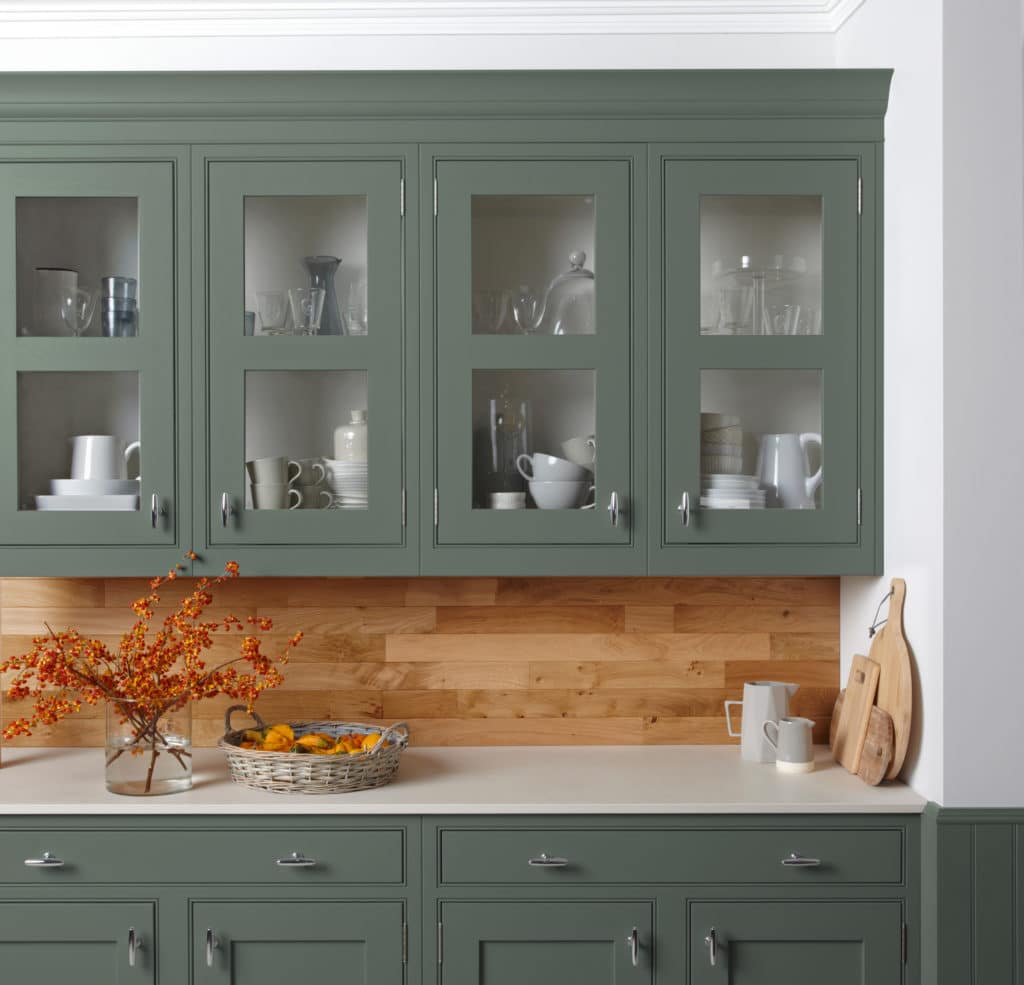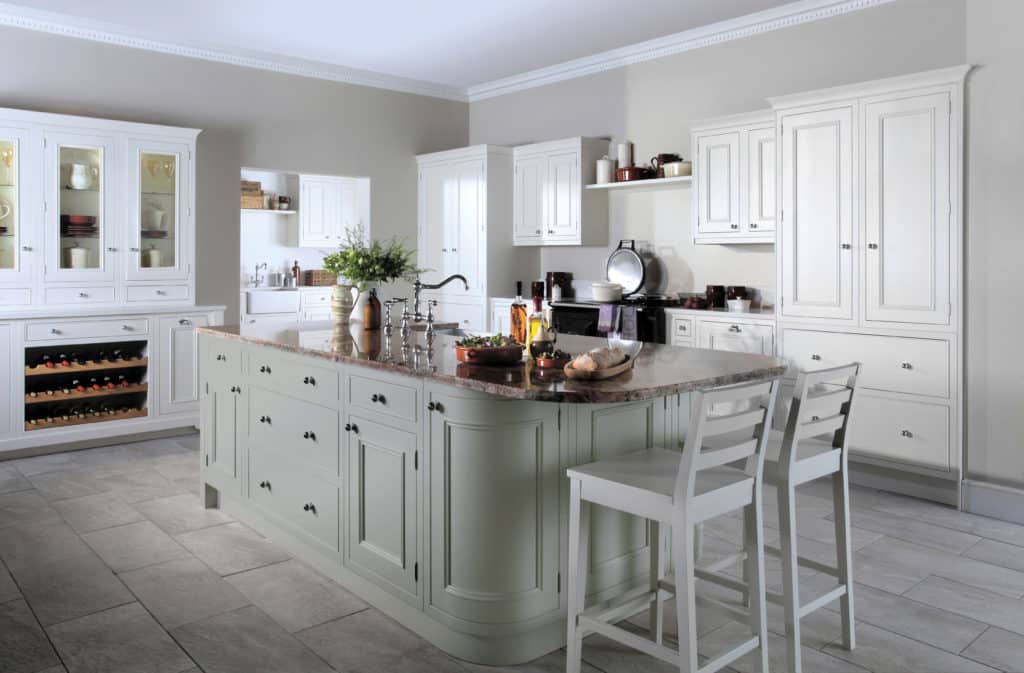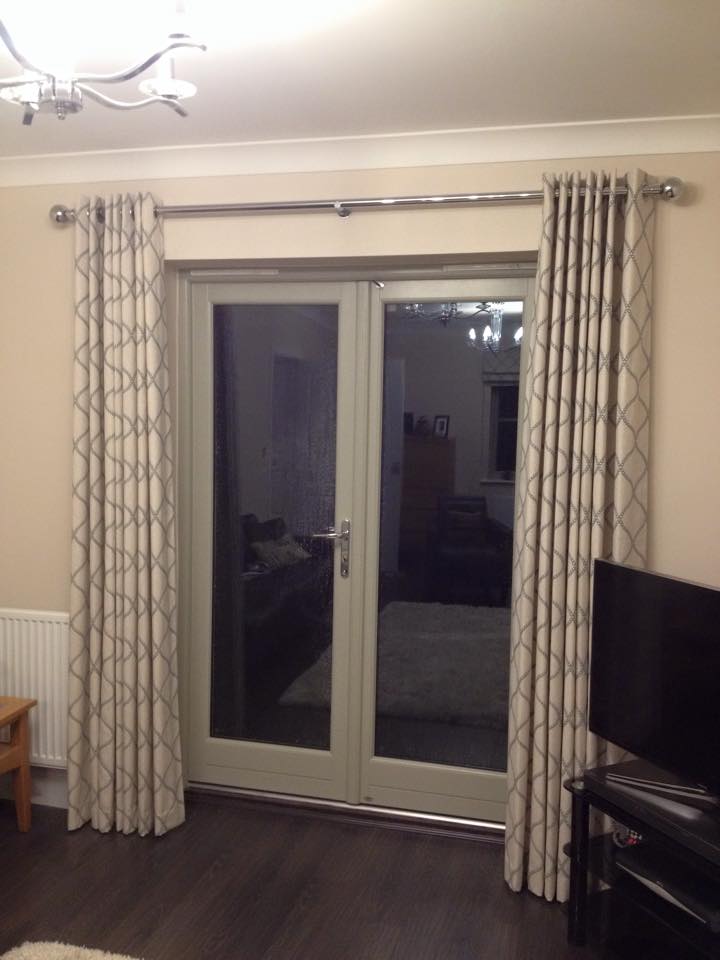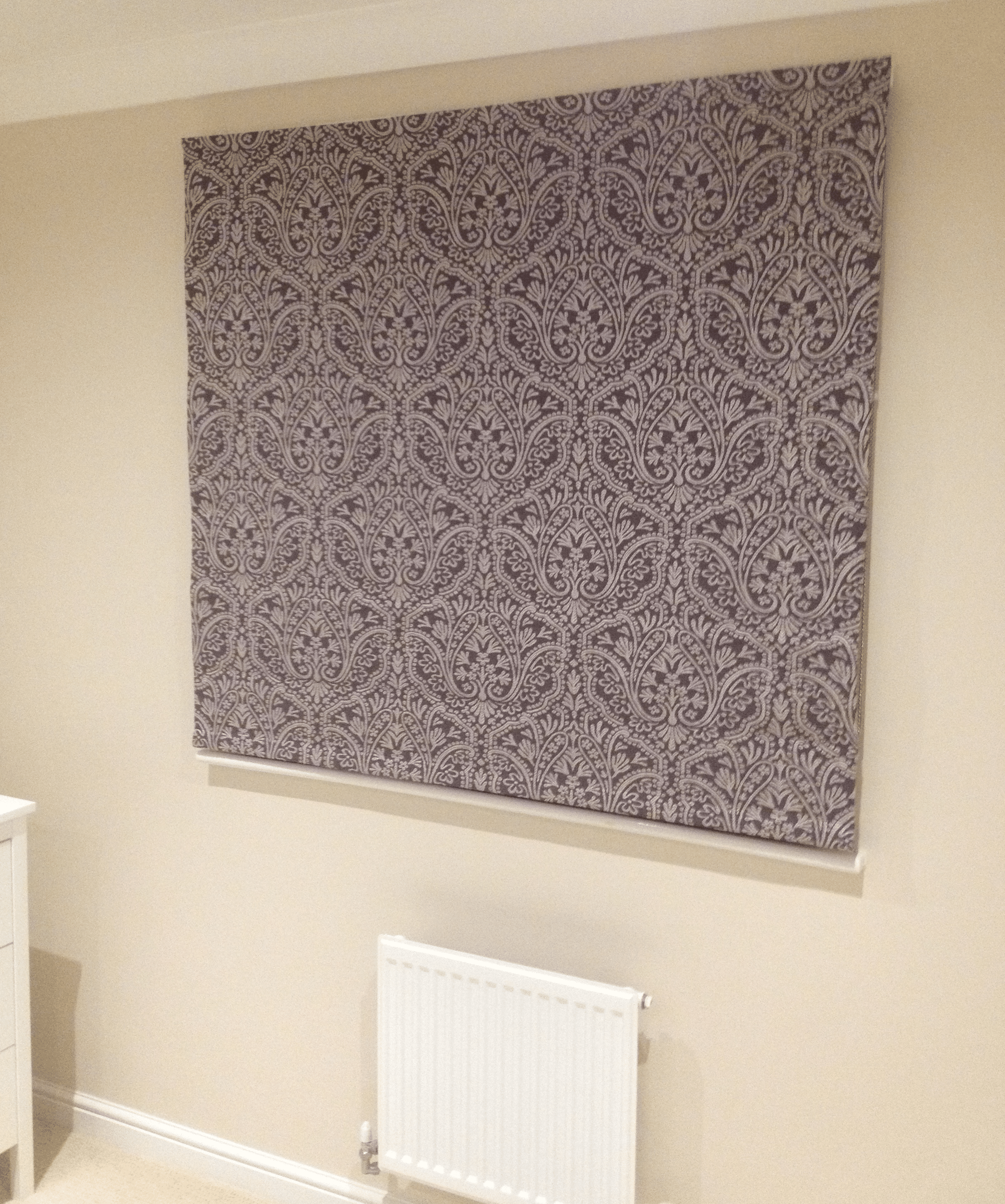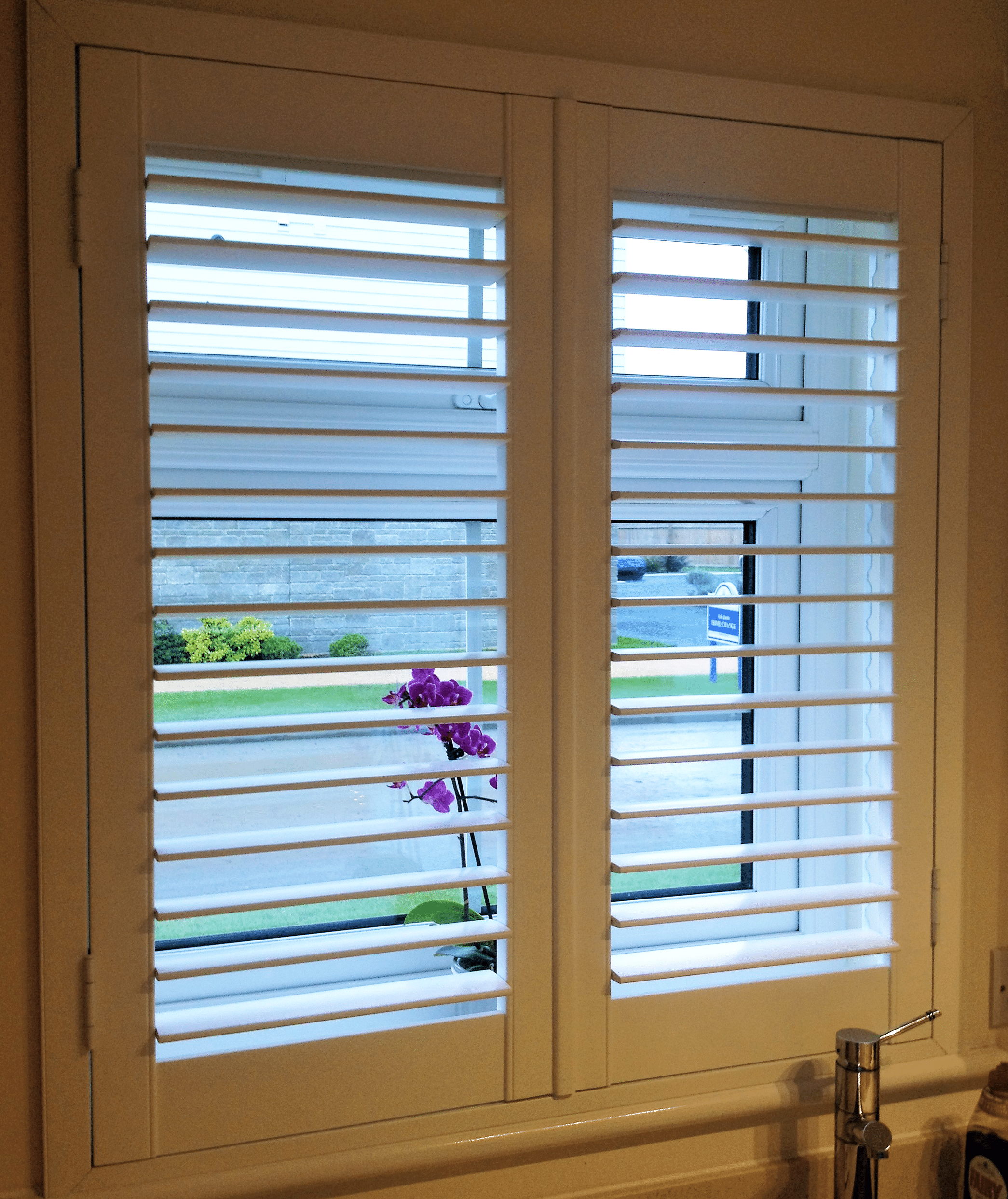So we’re an interior design company, but we supply and install kitchens. How does that work? I’m here to give you a little more info on how we design a room, not just a kitchen, as well as some hints and tips of things to look out for when you’re planning a renovation or starting from scratch.

So firstly, we do still always consider the layout of the kitchen as our priority. Not just the layout though; the flow, movement, storage and aesthetics all come into play in this part of the process. Each of these elements is just as important as the other when planning any major changes. If we’re looking at moving walls, we take into account how that affects the view of the space. Does it block anything off? Does it open anything up? It might create space in one way, but take it away in another.
Take for example if you are knocking a wall down, it might open up the space and create more light, but you do then lose a wall for cabinetry. There’s always a balance to be had here. We take things much further as designers in terms of storage planning. We really want to know where the pans, utensils, cutlery and plates are all stored. Where will you be prepping? Where will you be dishing up? Gone are the days of the kitchen triangle, we’re looking for zones. These include store, prep, cook, serve and clean. Focusing on these zones helps us to create a lovely flow of movement through the kitchen, and much less back and forth fetching things out of cupboards while you’re cooking.

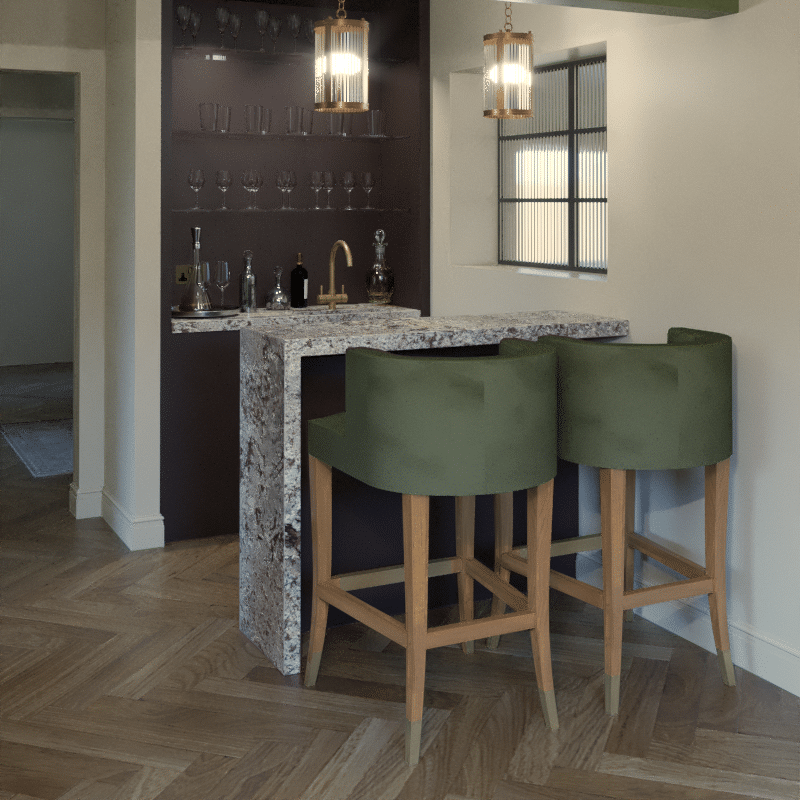
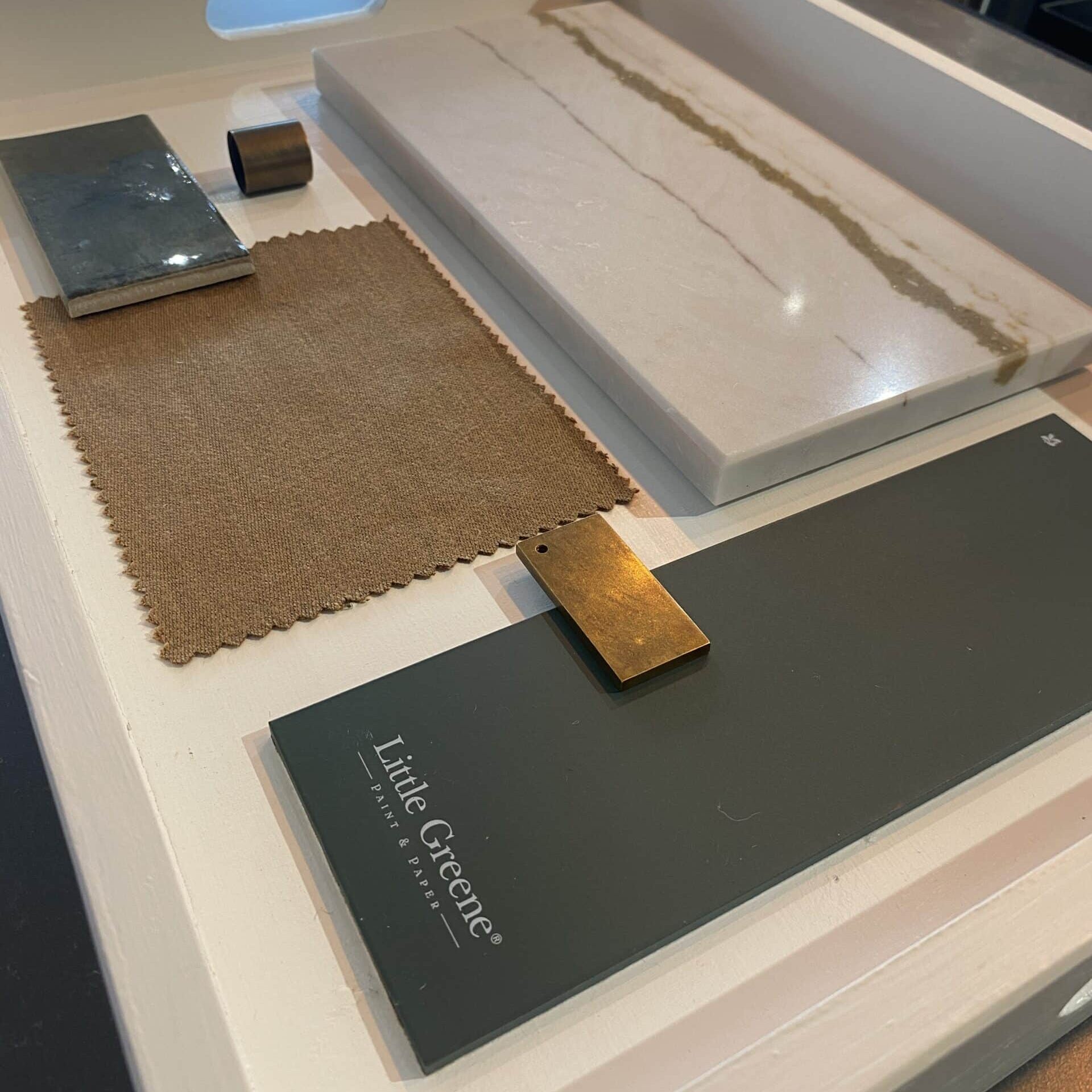
When we’re designing rooms, not just kitchens, we’re looking at the wider picture and include all the little details. Ever done some renovation work and got decision fatigue? We often find that our customers have had experiences on site where the builder is asking them, where would you like your sockets? Switches? Lighting? Not just locations but types, styles and finishes! And of course, all of these decisions have an impact on the overall layout. How can you decide where you would like sockets if you haven’t thought about where you will use your blender or toaster? It’s almost impossible to keep on top of all of these decisions at this stage.
My personal recommendation is to consider these decisions much earlier on as part of the planning stage. When you have time and no pressure, you can work out where your air fryer and toaster will be kept and used, pop a socket in a suitable place and decide which colour you would like that ties in with the rest of your scheme. This approach goes for all of those decisions that are hard to make on site as you go along, and gives the electricians and plumbers a plan to work to for their first fix which means you don’t have to back-track. Doing things twice in a renovation only costs more time and money, so it’s best to avoid wherever possible.
This brings me to the last part of designing a kitchen as an interior design company, and that’s the finishing touches. As part of every design for our clients we specify flooring, lighting, wall paint, cladding or other wall finishes, window treatments, seating, furniture and soft furnishings. Sometimes this also includes internal doors and ironmongery and any bespoke joinery where required. If the area is open plan, then we also look at stand alone furniture, radiators, accessories, artwork and mirrors. Adding all of these details into the bare bones of the kitchen choices which would be your door colour, worktops, handles and appliances, it makes for a complete room transformation.
We aim to make each design as complete as possible, along with a full set of construction drawings to make the process as smooth, efficient and calm as possible. So if you’re anticipating decision fatigue on your project, then drop us a message to see if we can help.
